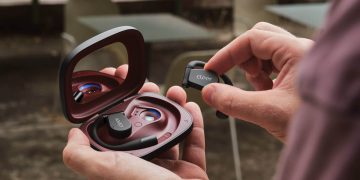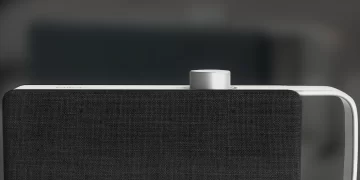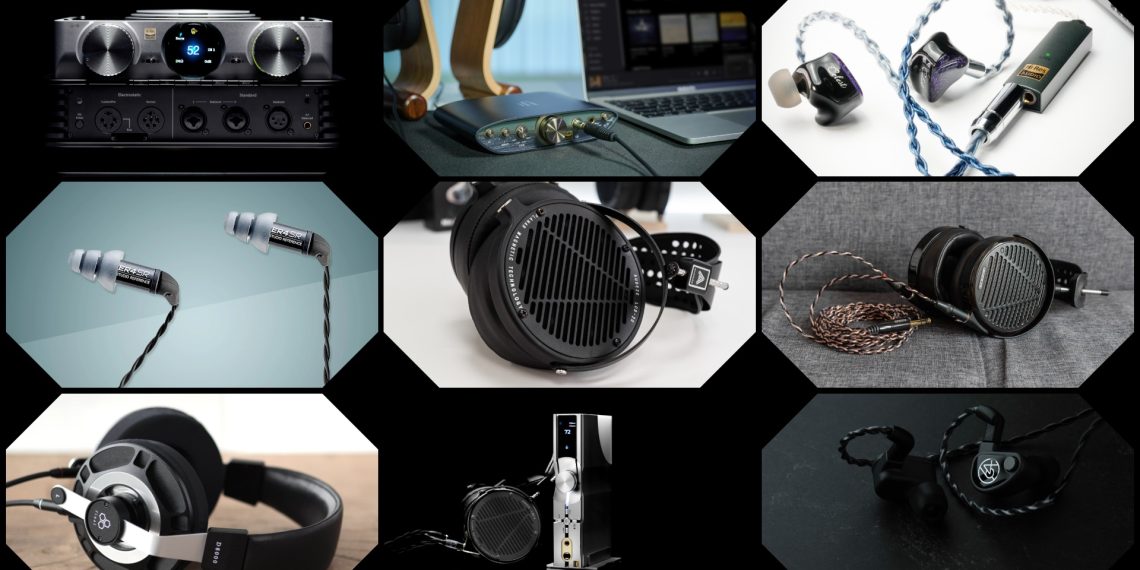Graham Slee has a great reputation for amps and related products, so how does a DAC from this company fare? Lauri Cular gives the Graham Slee Bitzie DAC a look-see.
There’s no shortage of external gizmos out there to improve the output of the average computer, but this is a worthy contender from Mr Slee. It presents itself in a sturdy but light case made of aluminium; small enough to be portable and large enough to handle easily when on the tabletop. It does not have its own power source however, so true portability may be limited to users of larger music sources such as tablets and laptops.
I disconnected my budget Behringer USB soundcard and connected the Bitzie. Unfortunately my copy of windows 7 decided to label the Bitzie ‘Behringer USB’ when detected, making for a furrowed brow; but I got through that by scrawling ‘Behringer’ on the thing. Don’t tell the boss.
There’s some debate over the value of more expensive USB leads such as the recommended Lautus; I’ll admit that I was sceptical. It’s data, right? It goes from A to B and you hear it perfectly.. or not. How can there be an in-between?
I didn’t notice anything much wrong at first whilst trying a cheap USB cable with the Bitzie, I was using full size headphones of one sort of another when trying the DAC, and gave the cable issue no thought at all. Then I tried listening with some in-ear headphones, the classic (and soon to be vintage) Phonak Audeo PFE 232s, expecting great things. With no source audio playing at all and the volume down, I was presented with the unsettling sound of a dozen tiny squealing mice coming from the Bitzie. It appears that even USB cables are susceptible to interference, and whether audible or not this unwanted signal will be affecting all audio coming from the device. It isn’t loud, but it’s bothersome with more sensitive in-ear headphones.
I recorded it to look at the waveform; there’s a very random pattern at around 15kHz and, zooming out, another waveform at 50Hz.
So on to the sound; for my test I chose two bits of soundtrack music, one was the Main Title from the original Taking of Pelham 123 movie soundtrack, and the other from Saturday Night Fever – Night on Disco Mountain. Both by David Shire.
The Pelham 123 tune has a lot of brass; and the Bitzie really brought this to life. I love a low brassy grunt or two, and the detail revealed by the Bitzie made me sit up past my bedtime enjoying the added depth this soundtrack now had to offer. In a comparison with my M-Audio Audiophile 24/96PC soundcard, the Bitzie had a clear edge and didn’t feel as if it was trying very hard either.
Night on Disco Mountain, although cheesy, has a lot going on for the Bitzie to cope with and it did a great job. I wasn’t so much listening as fully immersed. There’s a great sense of space and depth and it’s difficult to turn the thing off and go to bed. The Bitzie is bags of fun, but watch for bags under the eyes.
One thing I would say is that the Bitzie has a limit where it comes to amplification. Perhaps due to the fact it draws power from the attached source or device. My HE-400s are a thirsty pair of headphones, and the Bitzie did not get them up to a decent level. However, for dynamic headphones of 300 Ohms and lower I’d say the Bitzie should be fine without further amplification.





 HiFiHeadphones Best Buy list
HiFiHeadphones Best Buy list